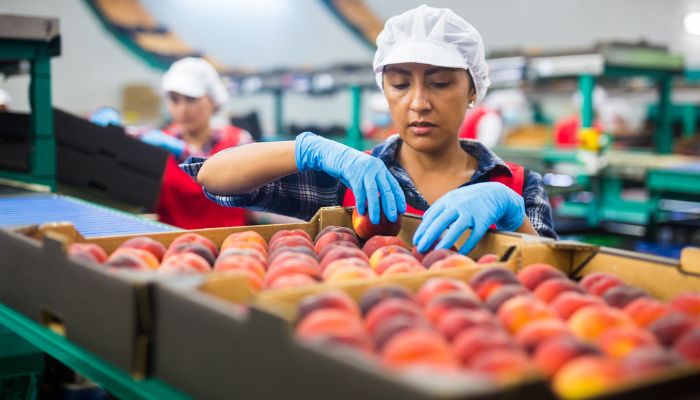As we move through 2025, the Australian food manufacturing industry is undergoing rapid transformation. Driven by technological innovation, shifting consumer preferences, and sustainability goals, manufacturers are rethinking how food is produced, packaged, and delivered. For businesses using smart systems like ExPCS, staying ahead of these trends is key to remaining competitive and future-ready.
Here are the top 10 trends shaping Australian food manufacturing in 2025
1. Advanced Food Preservation Technologies
Technologies such as high-pressure processing, cold pasteurisation, and modified atmosphere packaging (MAP) are extending shelf life while preserving nutritional value [1]. These innovations help reduce food waste and improve product quality—aligning perfectly with ExPCS’s capabilities in batch control and inventory tracking.
2. Ingredient Quality and Product Differentiation
Consumers are increasingly prioritising high-quality ingredients, even amid inflation [1]. Manufacturers are responding by elevating standards across private-label and premium products. ExPCS supports this trend by enabling precise recipe management and traceability, ensuring consistency and compliance.
3. Sustainability and Food Waste Reduction
Australia aims to halve its food waste by 2030 [1]. With over three million tonnes of produce wasted annually, manufacturers are under pressure to adopt sustainable practices. ExPCS helps by providing real-time data on yield losses, waste tracking, and production efficiency—empowering businesses to make informed decisions.
4. Indigenous Ingredients and Local Sourcing
Native Australian ingredients like Kakadu plum, wattleseed, and finger lime are gaining popularity [2] [3]. This trend reflects a broader movement toward local sourcing and cultural appreciation. Smart systems like ExPCS can help manage diverse ingredient inventories and support transparent sourcing practices.
5. AI and Data Analytics in Manufacturing
Artificial intelligence is revolutionising food production—from predictive maintenance to personalised product development [1] [3]. ExPCS integrates seamlessly with data analytics platforms, enabling manufacturers to optimise operations, reduce downtime, and respond quickly to market changes.
6. Health-Conscious and Functional Foods
Consumers are seeking foods that support gut health, immunity, and mental wellbeing [2] [3]. This includes fermented products, adaptogens, and nutrient-dense superfoods. ExPCS helps manufacturers maintain quality and compliance across these specialised product lines.
7. Export Growth and Global Opportunities
Australian food exports—especially red meat and almonds—are seeing strong demand due to global supply shifts [1]. ExPCS supports multi-site and multi-market operations, making it easier for manufacturers to scale and meet international standards.
8. Convenience Meets Quality
Ready-to-eat meals and gourmet meal kits are booming [3]. Consumers want convenience without compromising quality. ExPCS enables efficient scheduling, inventory control, and quality assurance—perfect for businesses catering to this growing segment.
9. Sustainable Packaging Innovations
With bans on plastic produce stickers and rising demand for compostable packaging [1], manufacturers must adapt quickly. ExPCS can help track packaging materials, manage supplier compliance, and support sustainability reporting.
10. Resilient Supply Chains and Sourcing Strategies
Climate events and geopolitical shifts are disrupting global supply chains [1]. Manufacturers are diversifying sourcing and improving transparency. ExPCS provides the tools to manage supplier data, monitor ingredient origins, and adapt to changing conditions.
Conclusion: Staying Ahead with Smart Systems
2025 is a year of opportunity for Australian food manufacturers. By embracing these trends and leveraging smart manufacturing systems like ExPCS, businesses can reduce waste, improve quality, and respond to evolving consumer demands.
Whether you’re scaling up, going global, or refining your product line, ExPCS is your partner in navigating the future of food manufacturing.
References
[1] What’s next for food? 8 trends defining the Australian market in 2025
[2] 2025 Australian Food Trends: The Latest Cuisines and Dining Experiences
[3] Navigating the Australian Food Industry in 2025: Trends, Challenges …





